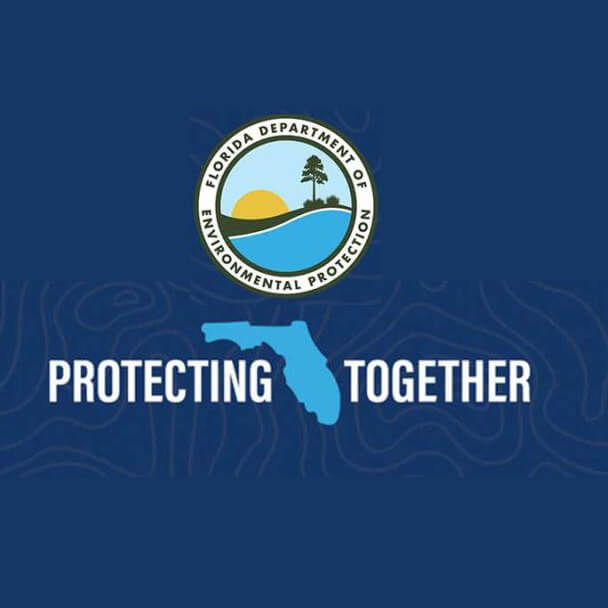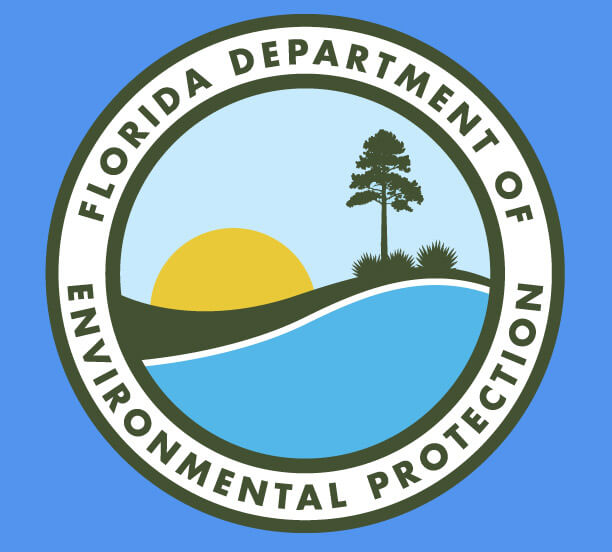Environmental Considerations: Florida's Drinking Water
Florida, renowned for its pristine beaches and diverse ecosystems, faces a critical challenge in ensuring the quality of its drinking water. As the state continues to experience population growth and urban development, the impact on water resources raises environmental concerns that necessitate a thorough examination.
The Current State of Florida's Drinking Water
Florida relies extensively on its groundwater and surface water for drinking water supply. The primary sources include aquifers such as the Floridan Aquifer, which spans across the state and plays a crucial role in sustaining water availability. However, increasing demands from agriculture, industry, and residential areas have led to heightened stress on these water sources.
Contaminants in Florida's Drinking Water
Several contaminants pose a threat to Florida's drinking water quality. Among these, agricultural runoff introduces nutrients like nitrogen and phosphorus, leading to concerns about nutrient pollution. Excessive nutrients can result in harmful algal blooms, affecting both water quality and the ecosystems that depend on these water bodies.
Additionally, industrial discharges and stormwater runoff contribute to the presence of heavy metals, pesticides, and other pollutants in Florida's waterways. The potential health risks associated with these contaminants necessitate rigorous monitoring and regulatory measures to safeguard public health.
Regulatory Framework
Florida has implemented a comprehensive regulatory framework to address water quality concerns. The Department of Environmental Protection (DEP) plays a central role in monitoring and regulating water quality across the state. The Clean Water State Revolving Fund (CWSRF) supports critical water infrastructure projects to ensure compliance with established standards.
Moreover, the Safe Drinking Water Act (SDWA) sets federal standards for drinking water quality and is enforced by the Environmental Protection Agency (EPA). In collaboration with state agencies, the EPA works to safeguard drinking water by establishing and enforcing regulations that limit the presence of contaminants in public water systems.
Challenges and Solutions
Despite regulatory efforts, Florida faces ongoing challenges in maintaining the quality of its drinking water. The state's unique geography, characterized by porous limestone, presents difficulties in preventing contaminants from infiltrating groundwater supplies.
Addressing these challenges requires a multifaceted approach. Increased investment in water treatment infrastructure, the implementation of best management practices in agriculture, and public awareness campaigns about water conservation are essential components of a comprehensive strategy.
Emerging Technologies and Research Initiatives
Advancements in water treatment technologies and ongoing research initiatives play a crucial role in addressing water quality issues. Florida's research institutions collaborate with government agencies and private entities to explore innovative solutions, ranging from advanced filtration systems to the development of sustainable agricultural practices that minimize water pollution.
Conclusion
In conclusion, ensuring the availability and quality of drinking water in Florida requires a concerted effort from regulatory bodies, industries, and the public. By understanding the environmental considerations and implementing sustainable practices, the state can protect its water resources for current and future generations.
It is imperative for stakeholders to remain vigilant, adapt to evolving challenges, and continue investing in research and infrastructure to secure the long-term sustainability of Florida's drinking water. Through collaborative efforts, Florida can strike a balance between development and environmental conservation, ensuring a resilient water supply for all.





